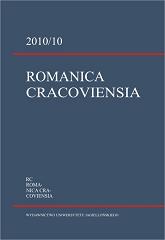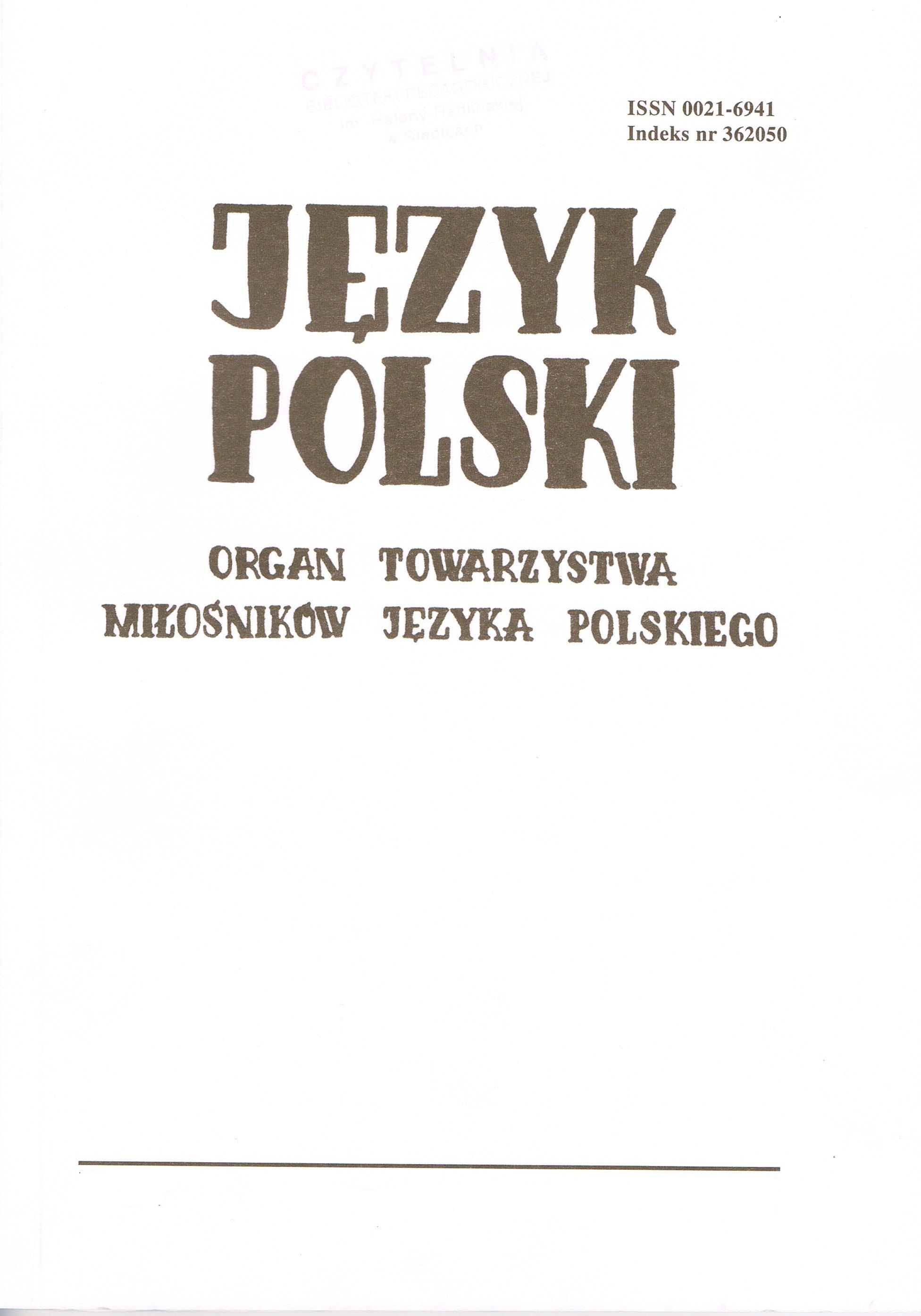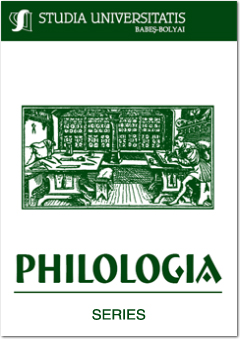
La traduction de Lazarillo de Tormes en polonais. Sur le polissage de quelques griffes aigües du malin Lazarillo-Łazik
The first translation of Spanish masterpiece Lazarillo de Tormes appeared in Poland belatedly, in 1923, i.e. over 350 years after the earliest known edition from 1554. It seems that Maurycy Mann udertaking the translation of Łazik z Tormesu did not fully comprehend the complexity of the novel. The article takes a closer look at the way the hunger haunting the main character affects his perception of time. Making use of specific syntaxical, lexical and phonetic constructions the author succeeded in creating the atmosphere of acute prolongation of time. Those, among others, will become challenge for the translator of Polish version of the novel.
More...

